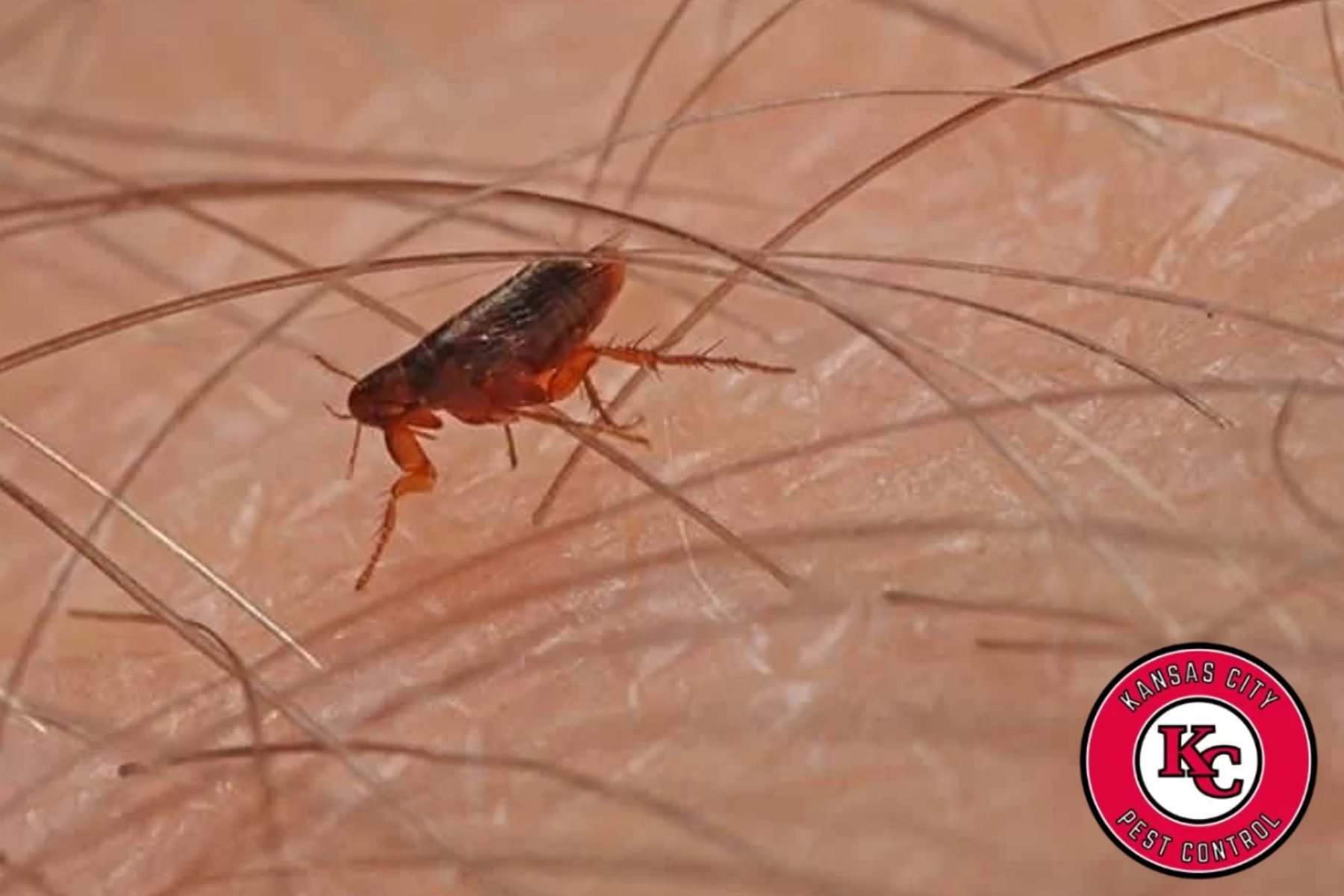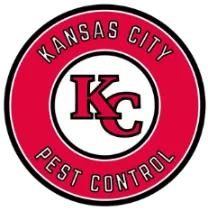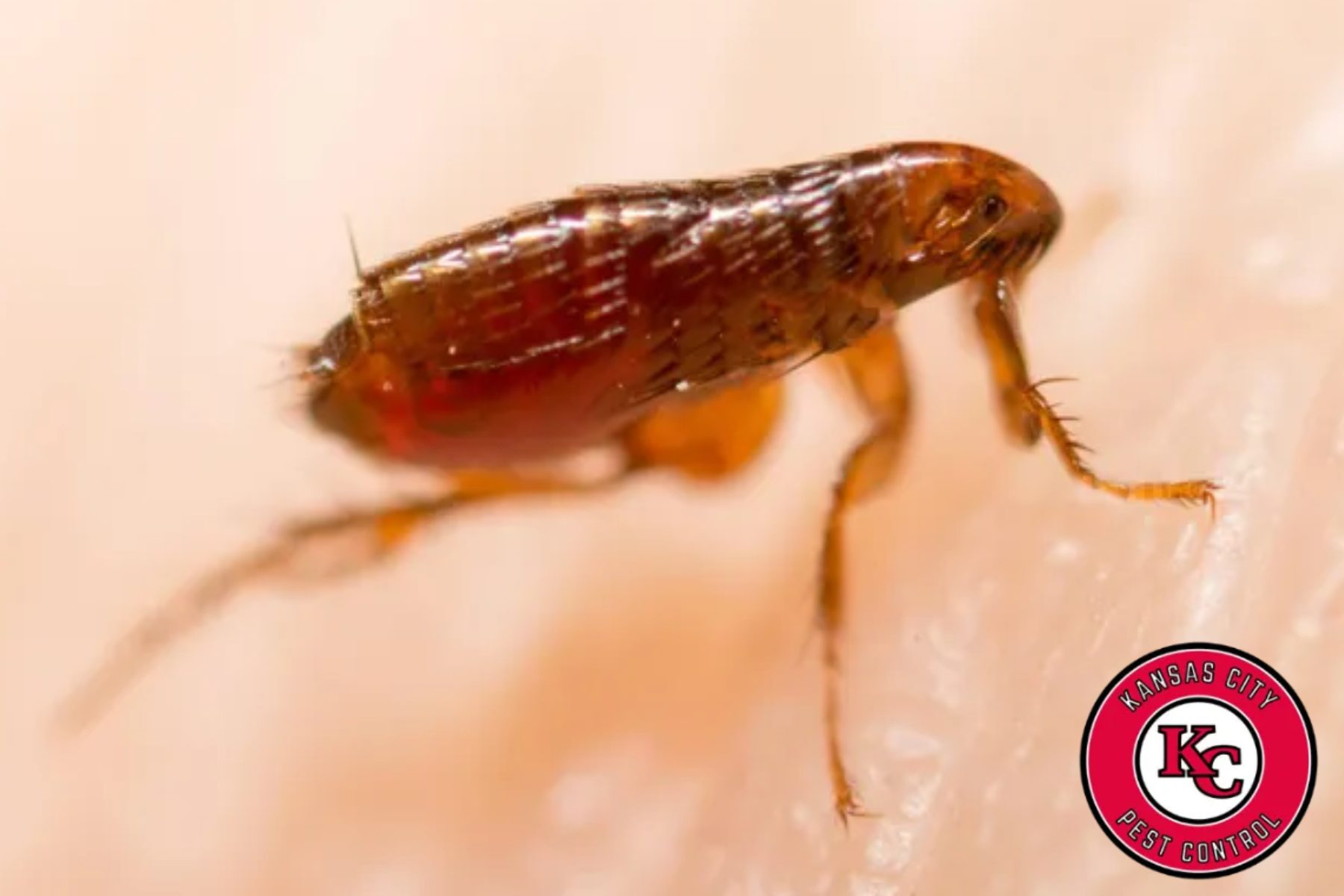Fleas are tiny pests, but their impact can be huge causing intense itching, skin irritation, and even disease transmission. If you suspect fleas in your home or on your pets, the first step is accurate identification. So, what do fleas look like, and how can you spot them before a minor nuisance turns into a full-blown infestation?
This guide will walk you through flea identification, common signs of their presence, and what steps to take next.
What Does a Flea Look Like?
When people ask, “what does a flea look like,” they’re often surprised by how small and fast these insects are. Fleas are external parasites, meaning they live on the outside of a host usually mammals like dogs, cats, or humans.
Here’s how to recognize them:
- Size: Adult fleas are tiny, measuring about 1.5 to 3 millimeters in length about the size of a grain of sand.
- Color: Most are reddish-brown to dark brown.
- Shape: Fleas have narrow, flat bodies which allow them to move quickly through fur or hair. Their shape also makes them difficult to squish.
- Legs: They have six legs, with powerful hind legs built for jumping fleas can leap up to 200 times their body length.
- Wings: Despite their agility, fleas don’t fly. They are wingless but rely on their jump to move from host to host.
- Texture: They appear glossy or shiny due to their hard exoskeleton.
A quick visual check might not always help you find a flea, but knowing their size and shape can improve your chances. If you’re still uncertain, a simple online search for what do fleas look like will show clear images of adult fleas and their different life stages.
Life Stages of Fleas
To effectively spot fleas, it helps to understand their life cycle. Fleas go through four stages: egg, larva, pupa, and adult.
- Eggs: Tiny and white, flea eggs resemble grains of salt. They are laid in pet bedding, carpets, and upholstery.
- Larvae: These are worm-like and avoid light. You’re unlikely to see them unless you’re actively looking under cushions or deep in carpets.
- Pupae: Fleas in this stage are encased in a sticky cocoon. They’re even harder to detect and can survive for weeks until conditions are right.
- Adults: This is the stage where fleas become visible, feeding on blood and reproducing quickly.
Understanding these stages is critical for proper flea management. Spotting adult fleas is just part of the battle larvae and eggs must also be addressed.
Common Signs of a Flea Infestation
Sometimes it’s not the fleas themselves but the signs they leave behind that are easiest to spot. Here are the most common indicators:
1. Scratching and Biting
If your pet is scratching excessively or biting at their skin, especially around the tail and neck, fleas may be the cause. Even one flea bite can trigger an allergic reaction in sensitive pets.
2. Flea Dirt
Flea dirt is the polite term for flea feces. It looks like tiny black pepper specks and is actually digested blood. You can find it on your pet’s skin or on pet bedding. To test it, place some of the specks on a white paper towel and add water if it turns red or rust-colored, it’s flea dirt.
3. Hair Loss or Red Patches
Fleas can cause skin infections, bald spots, and red or inflamed patches due to constant scratching.
4. Bites on Humans
Flea bites on humans are usually clustered, itchy red spots commonly on the ankles or legs. While they don’t live on humans, fleas may bite when pets are not available.
5. Fleas Jumping on Furniture or Carpet
You may occasionally see adult fleas hopping around, especially when walking across a rug or vacuuming. In extreme infestations, fleas may jump onto your socks or pants.
Where to Look for Fleas
If you suspect fleas but haven’t spotted one yet, focus your search in these common areas:
- Pet beds, carriers, and blankets
- Upholstered furniture and rugs
- Under couches or furniture
- Cracks and crevices in flooring
- Behind baseboards
Fleas prefer warm, humid environments and tend to stay close to their host animals. If you’re unsure whether fleas are the issue, a local expert can help. Try searching flea control near me for professional inspection and treatment services.
Why Flea Control Shouldn’t Wait
Fleas reproduce rapidly—a single adult female can lay up to 50 eggs per day. Within a matter of weeks, a few fleas can turn into hundreds. And since fleas spend only a small portion of their time on a host, you’ll also need to treat the environment, not just your pet.
Uncontrolled infestations can lead to:
- Anemia in pets: Severe flea infestations can cause blood loss, especially in small animals.
- Tapeworms: Pets can ingest infected fleas while grooming, leading to tapeworm infections.
- Skin infections: Constant scratching can open wounds, making pets vulnerable to secondary infections.
- Allergic reactions: Both pets and people can experience allergic dermatitis from flea saliva.
How to Handle a Flea Problem
If you’ve confirmed a flea infestation, professional help is your best bet. Flea infestations are notoriously tough to handle with store-bought solutions alone. A licensed exterminator Overland Park can evaluate the extent of the issue and apply safe, effective treatments.
Here’s what a typical treatment plan might include:
- Pet treatment: Working with a vet to use oral or topical flea prevention.
- Indoor treatment: Application of insect growth regulators and adulticides to target all life stages.
- Outdoor control: Targeting shaded, moist areas in your yard where fleas may breed.
- Ongoing monitoring: Setting traps or scheduling follow-up visits to ensure the problem is resolved.
Local services specializing in pest control Overland Park are familiar with seasonal flea patterns and can offer region-specific advice.

Final Thoughts
Knowing what fleas look like is the first step in protecting your home and pets from these persistent pests. While they’re small and quick, fleas leave behind clear signs and once you spot them, it’s important to act fast.
If you’ve seen the warning signs, don’t wait for the problem to spread. Partnering with a trusted pest control provider ensures peace of mind and long-lasting protection.
About Kansas City Pest Control
Kansas City Pest Control is your trusted partner in safe, reliable, and science-based pest solutions. Proudly serving Kansas City and surrounding communities including Overland Park, we specialize in comprehensive pest management for homes and businesses. Whether you’re battling fleas, ants, rodents, or more, our expert technicians provide customized treatments tailored to your needs.

